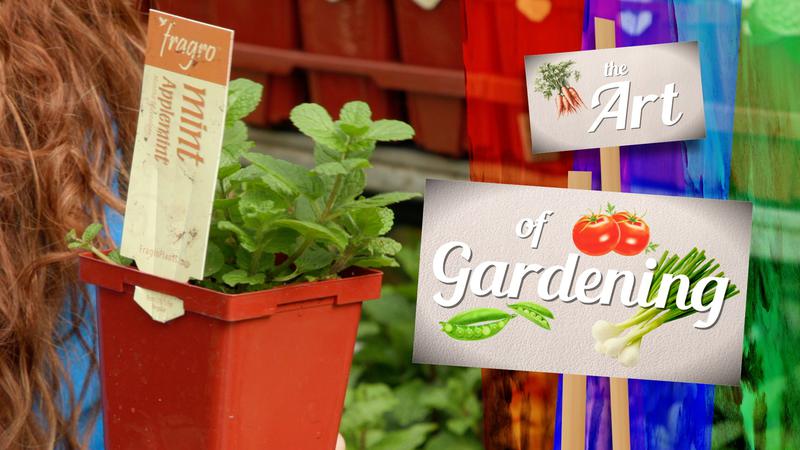No health concerns over soil from Fort McMurray after fire: government tests
EDMONTON — A wildfire that levelled some parts of the Alberta city of Fort McMurray left few contaminants behind in the soil, suggest the latest government tests.
The results, the first released on soil from neighbourhoods that were burned over in May, found isolated spots where hydrocarbons are above levels that would be expected to cause environmental damage.
But none of those levels was above the threshold that would hurt human health and Alberta Environment spokeswoman Jessica Lucenko said the hydrocarbons may not have even been a result of the fire.
“It could be naturally occurring. It could be from the addition of peat,” she said Monday.
The tests from June showed nine spots where hydrocarbon levels were up to three times higher than Alberta’s most stringent guidelines, which mark the point at which environmental effects begin to appear. Lucenko said none of the hydrocarbons accumulate in plants, so anything grown in the soil would be safe to eat.
“Ingesting the plants in those soils is not a health concern.”
Levels of heavy metals or more toxic hydrocarbons, such as the carcinogen benzene, were found to be low. Neither were heavy metals such as arsenic or lead found to be a concern.
Test results of soil from unburned areas were released last week. They concluded those areas are also safe.
Monday’s test results don’t apply to ash from the fire, which has already been found to be highly caustic and to have carcinogen levels high enough to affect human health in some circumstances.
The ash was also found to be high in heavy metals. Arsenic was found in amounts many times higher than those that would start to damage the environment.
But ash only threatens human health on contact, Lucenko said. Soil was tested, in part, to determine if the ash had become mixed in with it.
“What the soil testing was looking for was to see if anything from the ash made its way into the soil. What that’s showing is that whatever did, it’s still below human health (levels).”
Tackifiers, a substance similar to papier mache, has been sprayed on the ash several times to stabilize it.
“As cleanup continues, there’s going to be more sampling taken,” Lucenko said.
— Follow Bob Weber on Twitter at @row1960
Bob Weber, The Canadian Press
©2016 The Canadian Press


